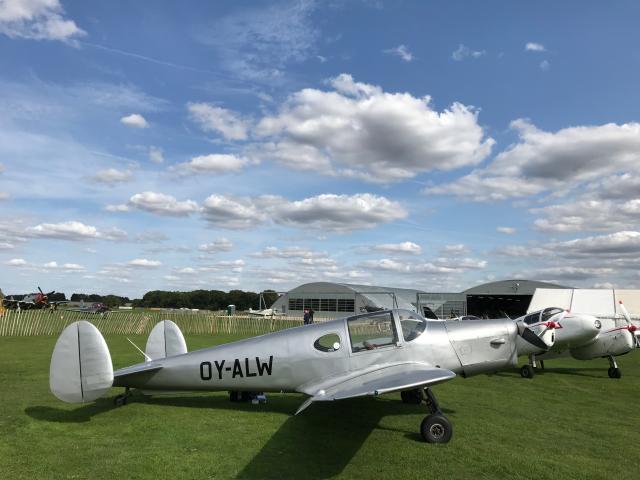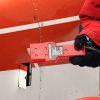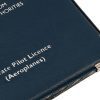Miles M28 Mercury
Miles M.28 Mercury Overview
The Miles M.28 Mercury was a British twin-engine aircraft developed in the late 1940s by Miles Aircraft. Designed as a civil light transport and touring aircraft, it aimed to cater to both private owners and small commercial operators in the post-war aviation market. Although it shared some design characteristics with the earlier Miles Aerovan, the M.28 was a more refined and streamlined aircraft, emphasizing comfort and versatility.
Unfortunately, the Mercury did not achieve widespread success, with only one prototype being completed before production was halted due to financial difficulties faced by Miles Aircraft. Despite its limited production, the M.28 remains a noteworthy example of innovative British aircraft design in the immediate post-war period.
Description
The Miles M.28 Mercury was a compact, high-wing monoplane with a fully enclosed cabin capable of seating four passengers and a pilot. Its design emphasized simplicity, ease of operation, and low operating costs, making it attractive to potential owners in the burgeoning light aviation market of the 1940s.
The aircraft featured an all-wood construction, a hallmark of Miles Aircraft’s design philosophy. This construction not only reduced manufacturing costs but also provided a smooth, aerodynamic surface. The Mercury was powered by two de Havilland Gipsy Major engines, mounted on the high wings, which contributed to excellent short-field performance and operational flexibility.
The cabin was well-appointed for its time, with comfortable seating and large windows offering excellent visibility for passengers and pilots alike. The Mercury also boasted good handling characteristics, which made it suitable for less experienced pilots.
Specifications
| General Specifications | Details |
|---|---|
| Manufacturer | Miles Aircraft |
| Production Year | 1946 (prototype) |
| Role | Light Transport, Touring Aircraft |
| Seating Capacity | 4 passengers + 1 pilot |
| Length | 29 ft 4 in (8.94 m) |
| Wingspan | 39 ft 4 in (12 m) |
| Height | 10 ft 0 in (3.05 m) |
| Wing Area | 220 sq ft (20.4 m²) |
| Empty Weight | 2,200 lbs (998 kg) |
| Max Takeoff Weight (MTOW) | 3,500 lbs (1,588 kg) |
| Engine | 2 × de Havilland Gipsy Major, 130 hp (97 kW) each |
| Propeller | Fixed-pitch |
| Fuel Capacity | Approx. 50 gallons (189 liters) |
| Range | 500 nautical miles (575 mi / 926 km) |
| Cruise Speed | 120 knots (138 mph / 222 km/h) |
| Service Ceiling | 14,000 ft (4,267 m) |
| Takeoff Distance (50 ft obstacle) | 800 ft (244 m) |
| Landing Distance (50 ft obstacle) | 850 ft (259 m) |
Performance
The Miles M.28 Mercury offered modest but reliable performance, with a cruise speed of 120 knots and a range of 500 nautical miles, making it suitable for regional flights. Powered by two 130-horsepower de Havilland Gipsy Major engines, the Mercury was efficient and capable of operating from short and unimproved airstrips, thanks to its high-wing design and robust construction.
The Mercury’s handling characteristics were gentle and predictable, making it accessible to less experienced pilots while still offering enough performance to satisfy more seasoned aviators. Its twin-engine configuration also provided an added layer of safety during flight.
Despite these strengths, the M.28 Mercury faced stiff competition from other post-war aircraft and struggled to find a significant market due to the financial difficulties of its manufacturer. However, its innovative design and operational versatility remain a testament to Miles Aircraft’s engineering prowess.
Conclusion
The Miles M.28 Mercury is a fascinating footnote in the history of British aviation. Although it never reached mass production, its design and performance reflected the ambition and ingenuity of the Miles Aircraft Company in addressing the needs of post-war civil aviation. Today, it stands as a reminder of the challenges and aspirations of aircraft manufacturers during this transformative period in aviation history.








